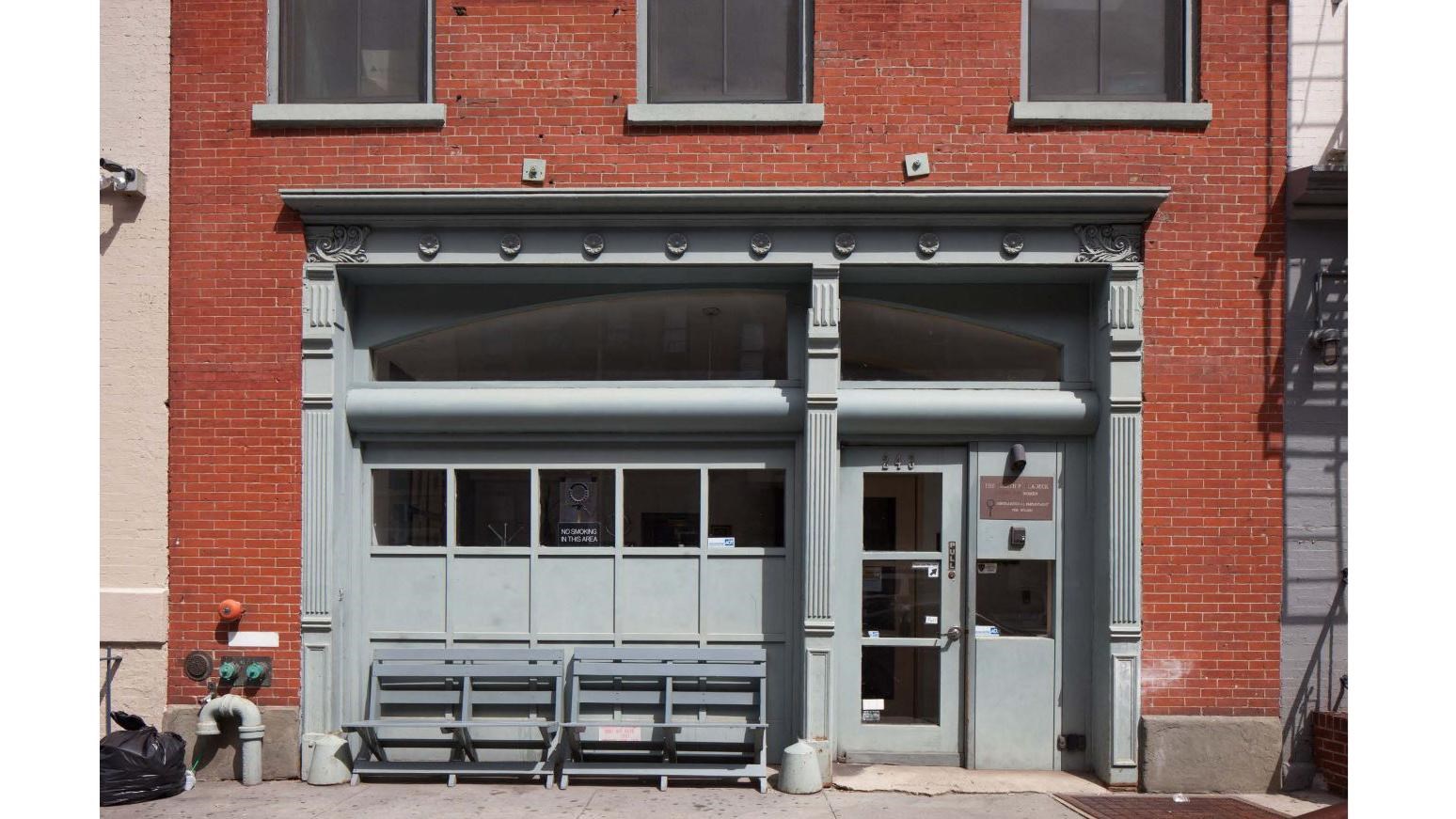Last updated: February 19, 2025
Place
Women’s Liberation Center

Photograph by Emily Kahn, courtesy of New York State Historic Preservation Office
Listed in the National Register of Historic Places in 2021, The Women’s Liberation Center (WLC) in New York is nationally significant as one of the first and most influential women’s advocacy centers, a resource type specific to the 1970s and early 1980s that was of pivotal importance in championing female empowerment and social equity in the United States. The rise of these centers aligned with the activism of the second-wave women’s liberation movement. Second-wave feminists, who focused on seeking the independence and empowerment of women, saw owning or operating their own spaces as a way of gaining self-autonomy, asserting their authority, and ensuring that their voices were not muffled in male dominated spaces.
The Women’s Liberation Center gave women of all backgrounds the ability to gather and share ideas in this space, the WLC helped foster an increased acceptance of lesbians within the women’s liberation movement and illustrated the nationwide trend for lesbian organizations to operate out of women’s centers. The inclusion of multiple perspectives from diverse organizations helped to create a more radical version of feminism and affirmed the need for women’s spaces within male-dominated society. Two prominent lesbian organizations — Lesbian Feminist Liberation and Lesbian Switchboard — developed at the WLC in the early 1970s to advocate for increased rights for and improved visibility of lesbians. In addition to serving as a pioneering women’s space, the WLC also helped to cultivate lesbian activism both within and separate from the general gay liberation movement, which often overlooked lesbian issues. By serving as an alternative to the general movement, the WLC provided women with increased autonomy to advocate for their own rights both inside of and separate from the gay liberation movement. The WLC set a precedent for other LGB centers and activism spaces, showing how these centers could focus not only on the political but also on the social and cultural needs of LGB individuals.
